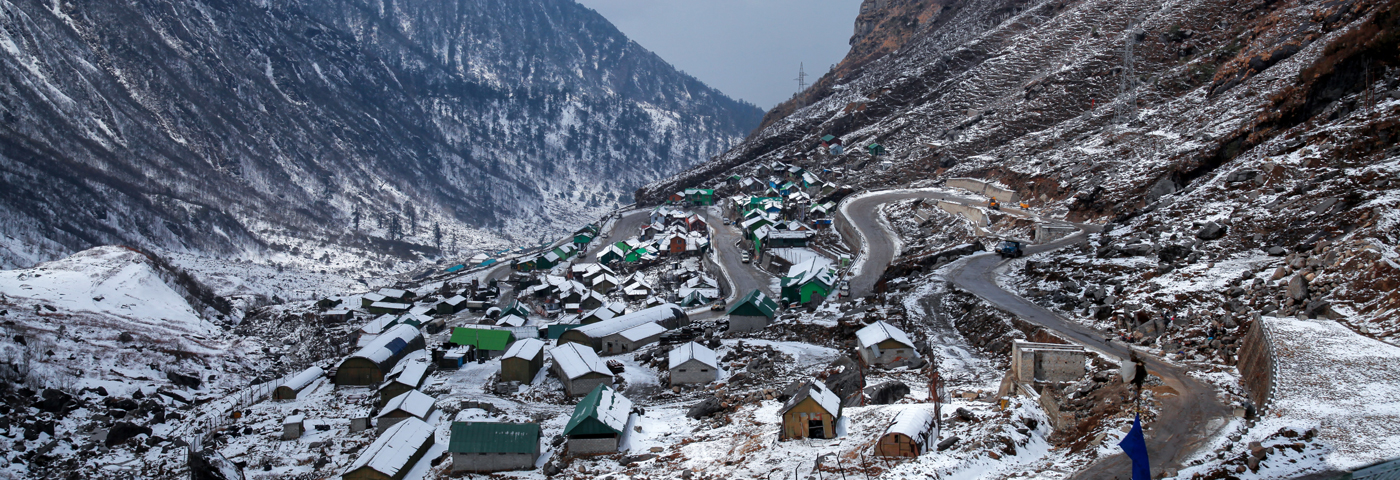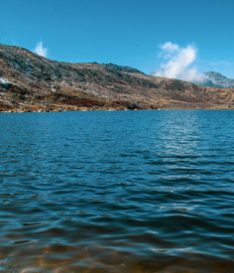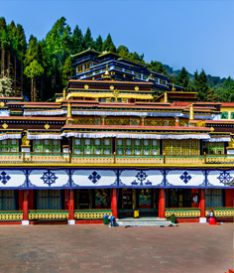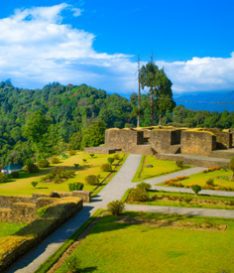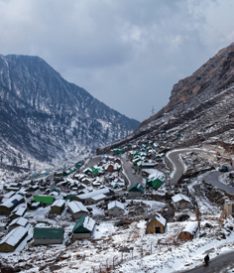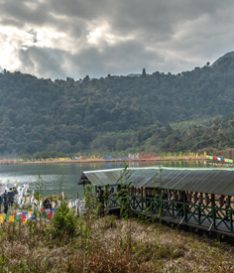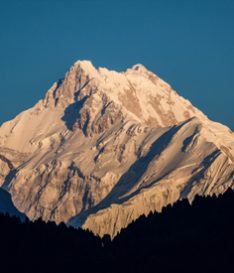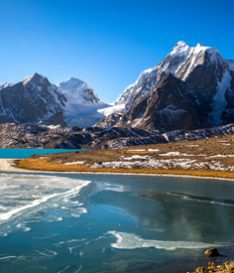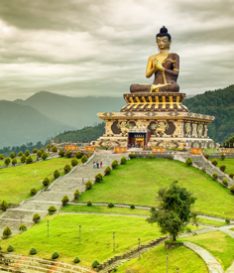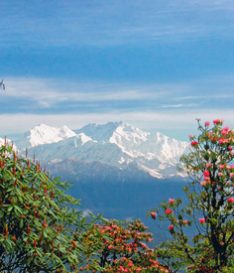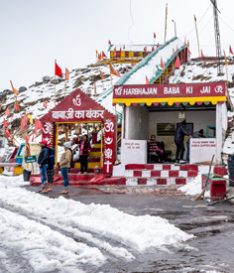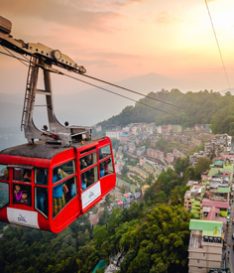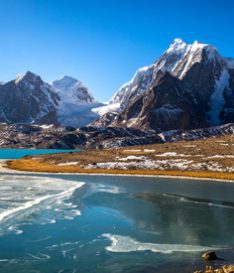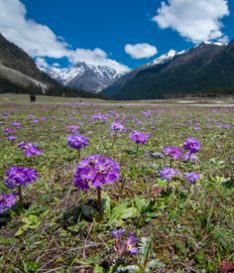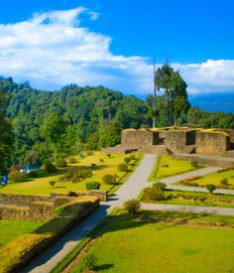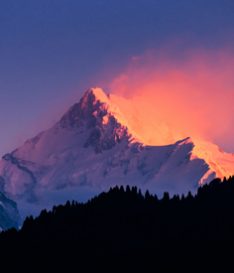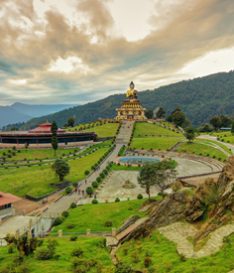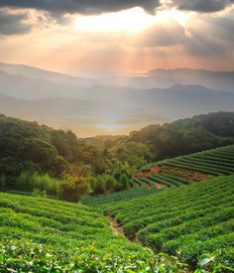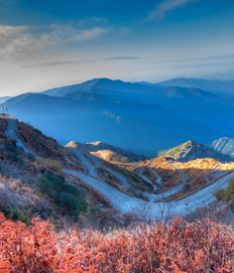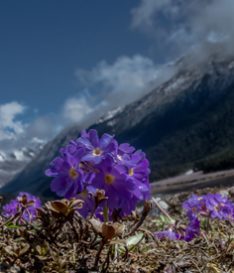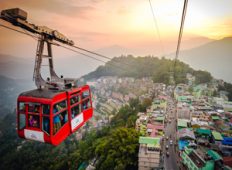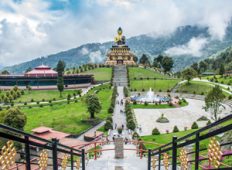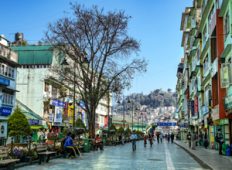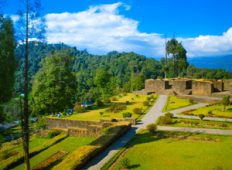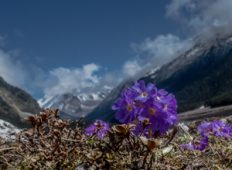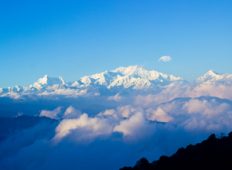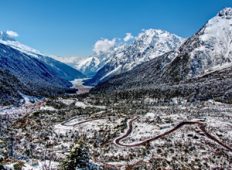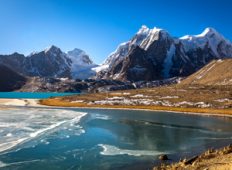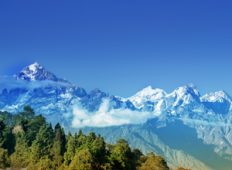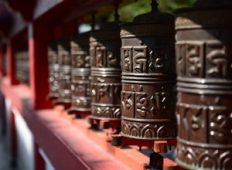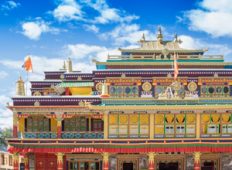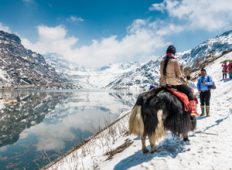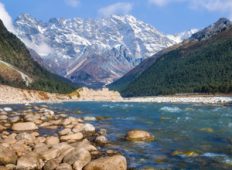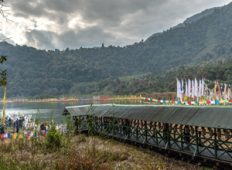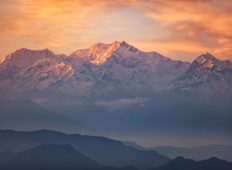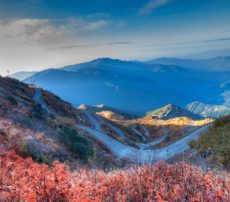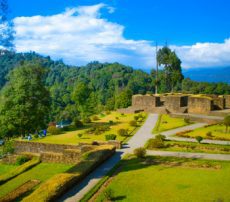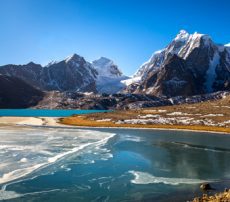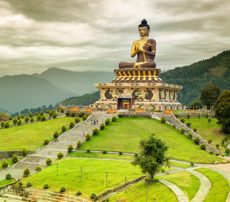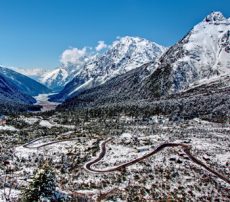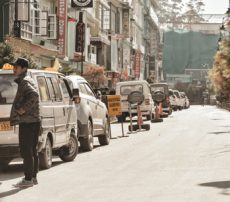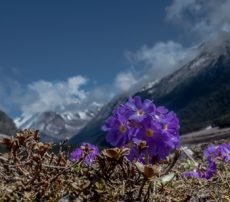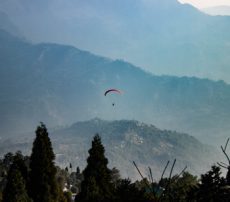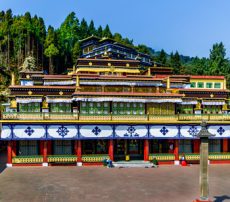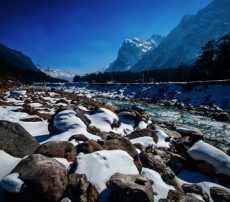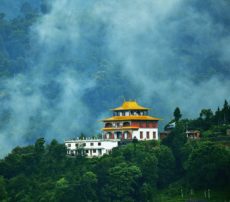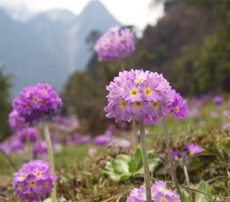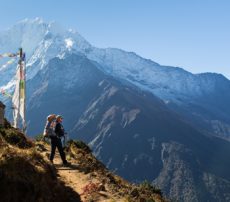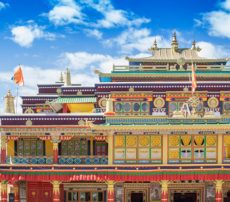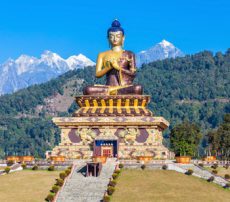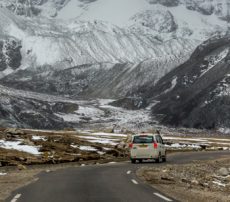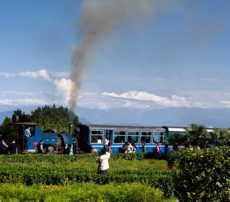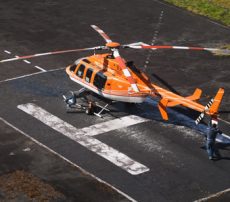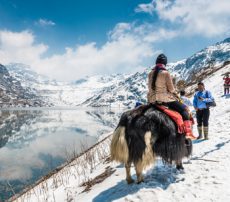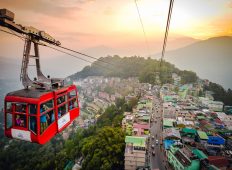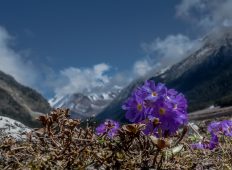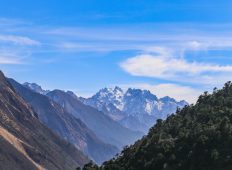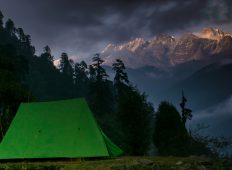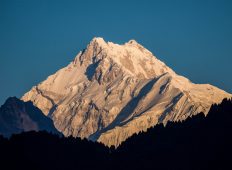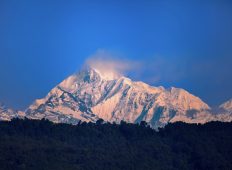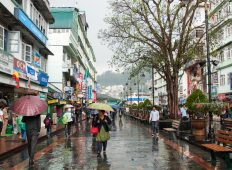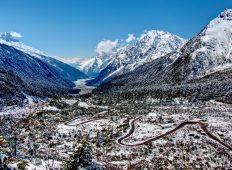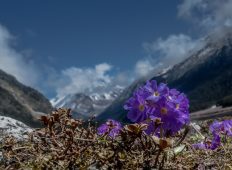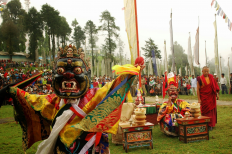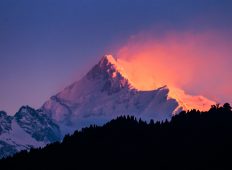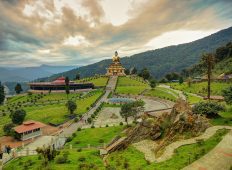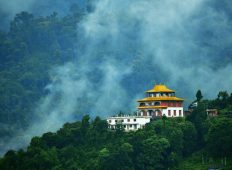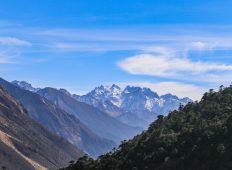NATHU LA PASS GUIDE
Why Should I Visit
The Nathu La Pass encapsulates Sikkim’s natural beauty. The strategically-important mountain pass located at nearly 14,200ft above median sea level used to be part of the ancient Silk Road. On a day when the area is not surrounded by mist, one can view the winding trail where traders from Tibet and India would use mules to transport goods across the border. Nathu La Pass is one of the places where geography has played a vital role in shaping its history. If you’re planning a trip to Sikkim, make sure you try and visit this iconic spot for its arresting mountain-scape and rare flora and fauna.
Nathu La Pass was off-limits for travellers for nearly five decades. It was reopened in 2006 with limited trade options between Indian and Tibet of China merchants. If you’re visiting during the trading months (June-September), make sure you visit the town of Sherathang, 3kms below Nathu La Pass, where you can pick up souvenirs at the shopping mart.
As you’re on your way to Nathu La you will come across Thegu, where a shed whose road-facing wall is painted with two identical dragons. This is the highest altitude ATM in the world.
How Do I Get There
Nathu La Pass is situated around 60kms east from Gangtok. If you travel via Jawaharlal Nehru Road, that should take you close to 2 hours to get there. Since there are a number of points you can explore in and around Nathu La, your best option is to keep an entire day aside.
If you’re visiting during the tourist-heavy months, there are shared jeep options. This works out well for those travelling on a shoestring budget. However, if you’re in a group your best option is to find a tour operator and hire an SUV. They will help you set up the tour without any hassle.
Since the pass forms one of the three trading border posts between Indian and China’s Tibet Autonomous Region, you need a Protected Area Permit (PAP) to visit this region. Foreign nationals are not allowed here and Indian citizens receive passes after proof of identification is provided. Your tour operator will help you acquire this permit.
When Should I Land Up
You should keep in mind Nathu La Pass is closed on Mondays and Tuesdays.
If you’re planning a summer trip, April to mid-June is a good time to land up. Bear in mind temperatures at such high altitudes rarely go above 15°C so make sure you carry woollens to face the cold wind. The chances of snowfall are lower during the summer and you’re likely to get sprawling panoramic views of the mountains, alpine vegetation and soldiers on the Chinese side of the border.
If you’re planning to visit in the winter, you should bear in mind the pass remains closed if the snowfall is too heavy. However, if you land up in November, chances of experiencing a snow-covered Nathu La are higher. This is a magical experience in itself and is perfect for those who want to witness the mountain pass and its lakes transformed by the snow.
The Finer Details
If you trip coincides with a clear sky, you should look out towards the eastern horizon. The magnificent Jomolhari Mountain, known as the ‘bride of Kanchenjunga’, tapers off at 8,900ft, and its snow-capped peaks make for a brilliant vista.
Another beautiful destination is Changu Lake that is on the way to Nathu La Pass. This glacial lake is frozen over in the winter and perfectly reflective in the summer months. if you’re visiting Nathu La, make sure you take some time out to visit Changu, also called, Tsomgo Lake. Don’t forget to stop at the majestic Mandakini Falls; the cascading waterfall flows over creeper-covered boulders and makes for a good photograph.
At the highest levels, Nathu La’s vegetation is scraggly and yet extremely picturesque. One can look down at waves of alpine vegetation that include juniper and rhododendron trees. Bluegrass meadows spread out during the summer, dotted with primrose bushes, and make for wonderful hikes in the arms of nature. Silver firs stand tall against the backdrop of the mountains.
If you’re on a hike in the region around Nathu La, you will spot a number of yak along the way. If you’re lucky you might even get to see Tibetan gazelle, the brown, plump Tibetan snow-cock, bearded vultures and golden eagles soaring above the trees. If you’re an avid birdwatcher, the Nathu La region offers a landscape rich in mountain avifauna such as laughing thrushes, foxtails, redstarts, rose finches and a variety of raptors.
Travel Tips
While photography is prohibited in this border area, the army isn’t too stringent about the rule.
Since Nathu La is located in the clouds (literally), you might face breathing issues because of the thin air. Consult your doctor regarding high-altitude sickness pills. One can also rent portable oxygen cylinders in Gangtok before the trip.
Without a shadow of a doubt, Nathu La Pass will be the most memorable leg of your adventure in Sikkim.
Get Instant Call Back
Why Choose us ?
What makes us diffrent from other tour package companies

